Take the Strain of Manual Handling with Electric Powered Trucks!
Learn more about how our North West Business Development Manager Liz transformed how a hospital moves heavy stock around the vast site with the help of a electric platform truck...

Learn more about how our North West Business Development Manager Liz transformed how a hospital moves heavy stock around the vast site with the help of a electric platform truck...
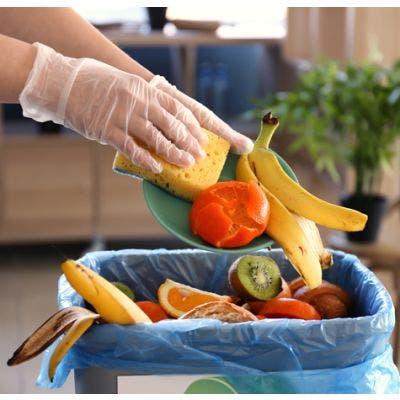
What is the new ‘Simpler Recycling’ Legislation and how will it affect how businesses dispose of waste? Our handy blog explains at what point your business will be expected to comply and how to follow new rules such as separating food waste prior to collection.
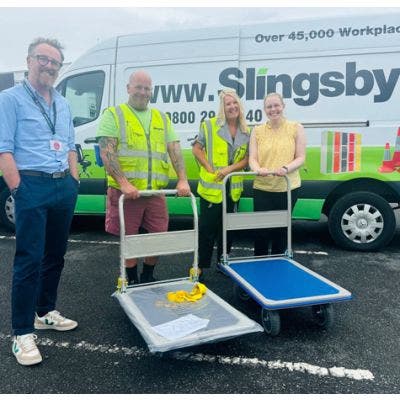
Our North West Business Development Manager Liz recently made a trip to visit Lancashire Teaching NHS Foundation Trust located at Royal Preston Hospital. The team were having difficulties moving a range of heavy equipment and items around the vast site. Read more about how an on-site product demonstration helped solve their heavy lifting problems.
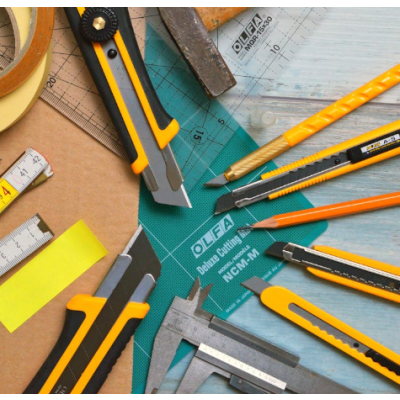
Knives are invaluable packaging tools, but they can pose significant health hazards when used incorrectly. Are you taking the right steps to keep your workplace and colleagues safe? Learn more about the common mistakes, risks, and recommended practices by reading our helpful guide.
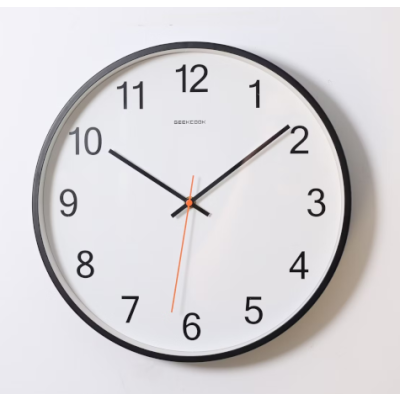
Looking to save time? Radio-controlled clocks can offer a number of advantages over their manual-winding counterparts. In this blog post, we delve into the characteristics of radio-controlled clocks, as well as how their automation could benefit your business.
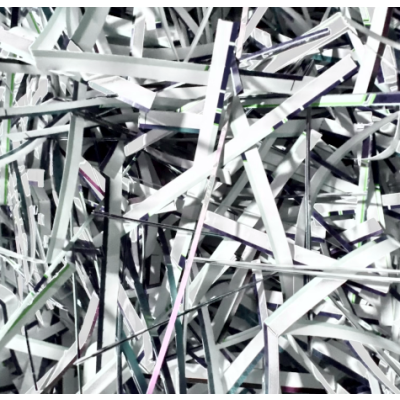
Investing in a shredder is a wise decision as businesses must dispose of sensitive information to protect customer privacy and adhere to GDPR regulations. Discover how the size of the business and the type of documents stored can influence the type of shredder required.
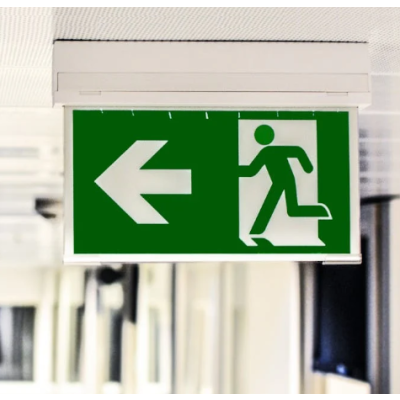
Signage is an effective way to relay information at a glance, especially in busy or dangerous areas. To ensure that your signs are ISO-compliant and fit for their environment, we've created a guide of materials and uses for your convenience.
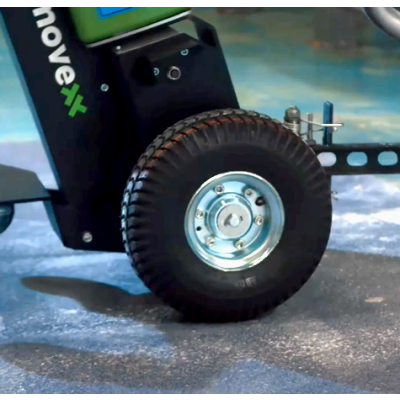
The right wheels make strenuous tasks effortless: but which are right for the job? We delve into the variety of tyre materials and their benefits to help you find the perfect match.
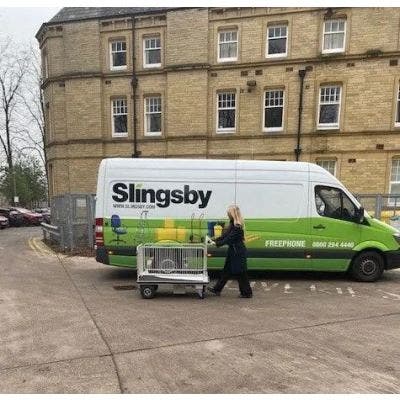
Did you know that we have regional Business Development Managers on hand to provide personalised advice and offer site visits? Learn more about our Business Development Managers trip to a regional hospital to demonstrate and deliver one of our electric powered trolleys.

Don't let the weather hinder your workforce: learn how to conquer the cold and keep business running with our essential heaters guide! In this blog post, Slingsby outlines what factors can impact your choice of heater, as well as how to make the most of energy-efficient alternatives.